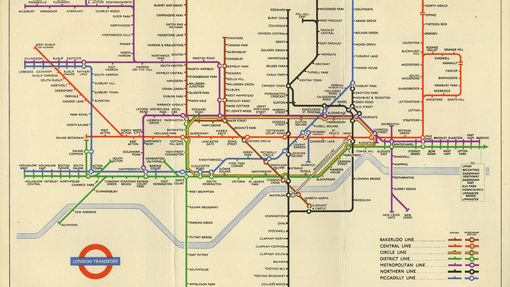
What is Metro-land?
Introduction
During the 1880s, the Metropolitan Railway began to commercially exploit land lying adjacent to its lines, mostly in the rural area north-west of London.
The company believed housing development could provide a long-term source of income, luring the wealthy out to the ‘countryside’ with cheaper season tickets.

In 1887, the ‘Metropolitan Surplus Lands Committee’ was formed to manage the company property that was intended for development. In 1900, the first housing estate was built at Pinner.
In 1908, the Metropolitan Railway set up a publicity department to produce leaflets and literature promoting the new developments.
The name ‘Metro-land’ was coined in a 1915 publicity booklet.
In 1919, a subsidiary company was formed, called ‘Metropolitan Railway Country Estates Limited’, and immediately bought land for estates in Wembley and Rickmansworth.
A further nine estates were built, aimed at the upper end of the market, including Chiltern Court, a block of luxury flats above Baker Street station and the largest development in London at that time. In places such as Neasden and Rickmansworth, the Estates company built shops to serve the new residents.
During the 1920s and 1930s, thousands of homes were built in Metro-land. The reality of row upon row of suburban houses may have differed from the publicists’ image of semi-rural tranquillity, but Metro-land did offer more space, access to the countryside and a better quality of life for the people who moved out of London’s cramped inner-city areas.

Metro-land objects

Toys and games

Guide books and booklets
Posters
Photographs
Watch: A trip on the Metropolitan Railway
Take a trip back in time with this video. You’ll be able to see what the Metropolitan Railway was like in circa 1910 as it moves through the platforms at Baker Street, through cut and cover stations and tunnels, and out into Metro-land, ending at Aylesbury.


































